China's expressways have suffered a deficit of 6 trillion in 8 years; where did the toll fees go?
ahong
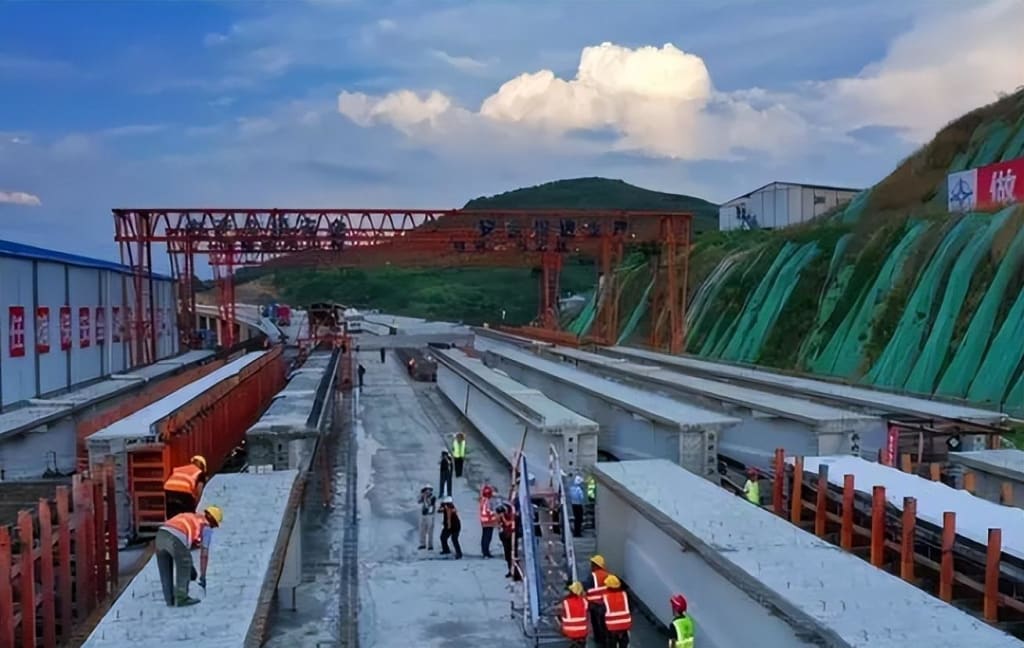
China's Expressways Have a Deficit of 6 Trillion in 8 Years, Where Did the Tolls Go?
China's total expressway mileage can reach 170,000 kilometers, enough to circle the Earth four times, making it the country with the longest expressway mileage in the world. It would be reasonable to think that with such a long expressway, the annual tolls could earn tens of billions. So, why is there still a deficit?
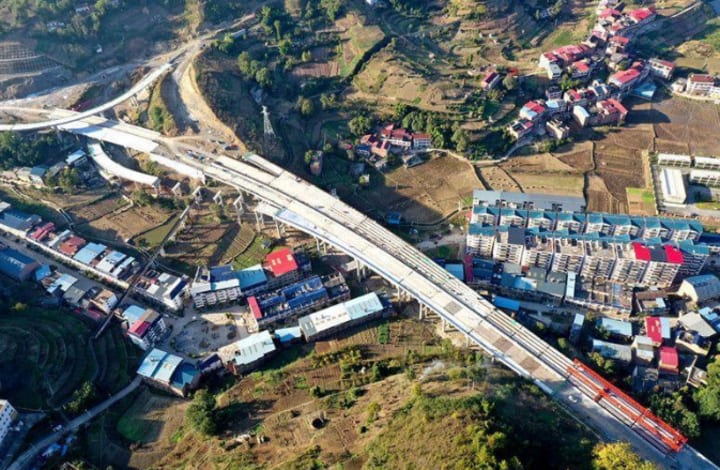
What's even stranger is that in the United States, where highways are free, they can still make a profit. What's going on? Where did the expressway tolls go?
Follow us to uncover the mystery of where the expressway tolls go.
I. The First Expressway
Looking at the world, the earliest "expressway" dates back to the Qin Dynasty in China. To get rich, first build roads. Under the leadership of Emperor Qin Shi Huang, the Qin Zhi Road was born.
The construction of the Qin Zhi Road was very simple at the time. The turf on the road was leveled, and then some broken stones were laid. The speed of carriages on it was unimaginable.
In a blink of an eye, it was 1931, and Germany built the world's first modern expressway, a 30-kilometer road between Cologne and Bonn, which made it more convenient for Germans to travel.
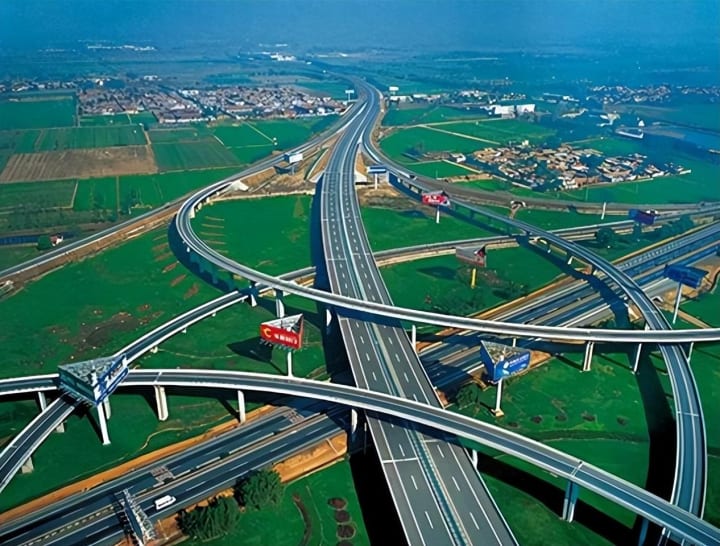
At the same time, China was in dire straits across the ocean, let alone building expressways. Under the Japanese invasion, China couldn't even afford the money for ordinary roads.
It wasn't until the founding of the People's Republic of China that the country finally had money to build roads. Of course, at this time, there was no idea of building expressways. First, the technology did not support it, and second, the cost was too high.
It was not until the 1980s that China's first expressway was officially born. It can be said that from the birth of the first road, China was destined to face the problem of losses. How was China's first expressway built at that time? What happened at that time, and why did it lead to the continuous losses of China's expressways?
Back in 1984 in Shanghai, under the influence of the reform and opening up, Shanghai's transportation was very convenient, with both railways and many highways passing through. However, even so, the citizens of Shanghai still faced travel problems.
From Shanghai to Jiading, the distance is only a short 20 kilometers, but it takes more than 2 hours by car, and sometimes it takes half a day when encountering traffic jams.
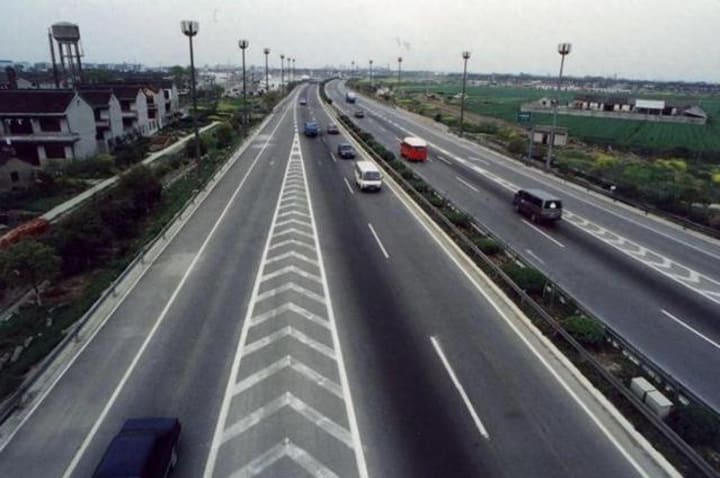
The roads in Shanghai are crowded with large and small vehicles, and buses are also mixed in. The problem in Shanghai is quite serious. If there is no change, the traffic problem will become more and more prominent.
It was also at this time that China conceived the idea of building an expressway.
In December 1984, the construction of the expressway from Shanghai to Jiading officially started. Some Chinese people were shocked to hear the news, and they came with many foreign friends to watch.
At that time, some people said that according to China's technology, it was impossible to build a decent expressway, but the result was that in just four years, China had built its first expressway, which is the famous Hujia Expressway.
It used to take more than 2 hours from Shanghai to Jiading, but after the completion of the expressway, it only took about half an hour to cover a distance of more than 20 kilometers.

In this way, the traffic pressure in Shanghai was greatly reduced, and the travel time was also greatly shortened. After tasting the sweetness, various regions in China gradually built expressways.
By 2012, the mileage of China's expressways had exceeded 90,000 kilometers, which was enough to run around the Earth.
It would be reasonable to think that with such a long expressway, just the tolls could earn tens of trillions, but unexpectedly, according to the data, China's expressways have been in a deficit since 2012.
Today, the expressway has lost as much as 6 trillion, which is undoubtedly an astronomical figure.
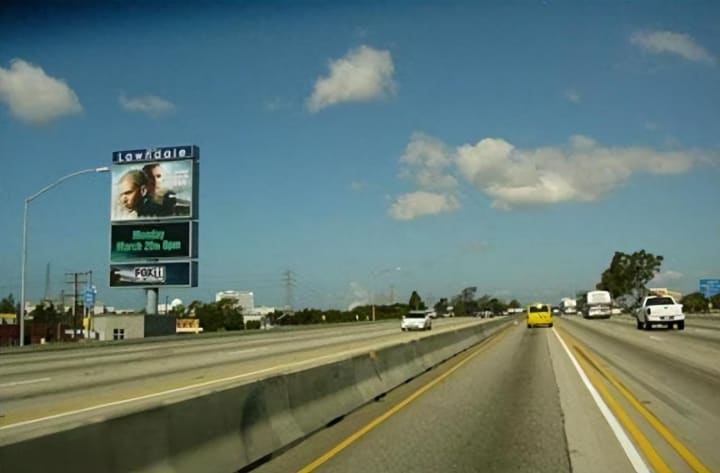
Due to the deficit of expressways, in order to recover losses, expressways have mostly implemented toll systems in recent years, which has also made some people feel incomprehensible.
Most foreign expressways are toll-free, such as the United States, where there is no need to pay tolls on highways. Some people wonder when China can achieve free expressways?
China's expressway is so long, and tolls have been collected for decades. Why is there still a deficit in expressways, and where did the tolls go?
II. 6 Trillion Deficit in 8 Years
How much is the toll on China's expressways? Let's look at a set of data.
By 2012, the total mileage of China's expressways had approached 100,000 miles, and the tolls for that year had reached tens of billions.
Due to the high profits from expressways, to reduce the pressure of passing, many roads in China have started to exempt tolls, including China's first expressway, the Hujia Expressway, which no longer charges tolls.
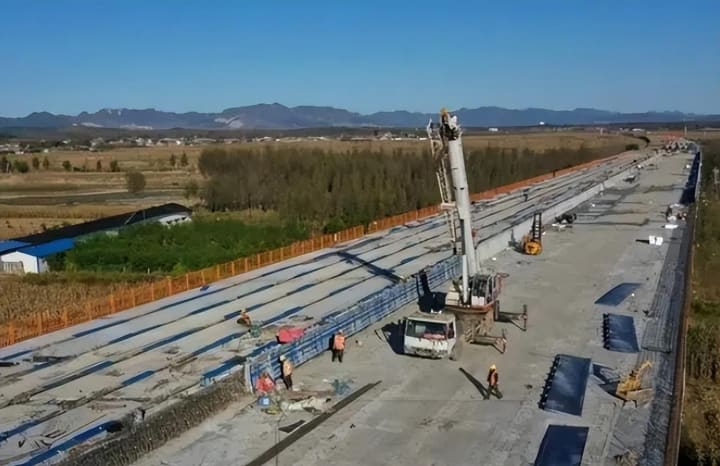
This is a good thing, but now, many expressways have a deficit situation, and once there is a deficit, the tolls have to continue to increase.
By 2019, the total mileage of China's expressways had reached an astonishing 170,000 kilometers. Such a length of expressway also brought a huge income. In 2019 alone, the tolls for expressways reached more than 590 billion.
However, in 2020, the revenue and expenditure of expressways showed:
There is still a gap of 6 trillion in China's expressways.
Earning more than 500 billion a year, but after 8 years, there is a deficit of 6 trillion. No matter how you calculate it, it doesn't make sense, so many people are puzzled:
Where did so much toll go?
Or to put it another way, where did all this money go?
In fact, a large part of the toll goes to the bank.
The cost of building an expressway is very high. In plain areas, the construction is the easiest and the investment is the least, generally costing 50 million per kilometer. However, in mountainous areas, the construction becomes more difficult. To build an expressway, it is necessary to excavate mountains and clear debris. After a lot of work, the cost per kilometer has risen to 100 million.
This is not the scariest part. In some coastal areas, attention must also be paid to seawater, heavy rain, floods, and other issues. It is necessary to consider natural disasters while also taking into account the quality of the expressway. In this case, the cost directly soars to 200 million per kilometer.
According to this cost, the construction cost of an expressway is easily several billion.
This is not something that ordinary people can afford. The main source of this cost is the bank. In 2019, the "Highway Statistical Bulletin" published a set of data:
China's expressways still owe the bank 6.15 trillion.
This money is definitely being repaid every year, but when it comes to repayment, there is an issue of interest.
In 2019, the principal that China's expressways needed to repay was only over 500 billion, but with an additional 280 billion in interest, the loan suddenly reached over 780 billion.
And the tolls for the entire year of 2019 were only over 500 billion, so the tolls were not enough to repay the loan. Every year, the accumulated deficit of expressway loans can only increase more and more.
In addition to the bank, the maintenance cost of expressways is also very high.
Many expressways are built in mountainous areas. After exposure to the sun and erosion by rain, some sections of the expressway will always have some problems that require manual maintenance to ensure safe passage. This maintenance cost is not cheap. In 2019, China's highway maintenance cost was as high as over 200 billion, which is another expense.
Finally, although there are tolls on highways, in some remote areas, there are fewer vehicles passing through, and the tolls are also reduced. For these areas, the tolls are not enough to cover the costs, but the expressways in mountainous areas have to be built, and the tolls are not enough to spend.
The key point is that the construction of toll stations and the salaries of staff also need to be paid together. All kinds of miscellaneous things add up to a considerable expenditure.
Compared with the revenue and expenditure in 2019, the tolls were 500 billion, and the maintenance cost was 200 billion, while the bank still owed 780 billion. In this way, there was a deficit of 480 billion in 2019.
From 2019 to 2020, as time increased, the money owed also gradually increased, and finally, the deficit reached 6 trillion, which is not surprising.
Understood where the tolls went, but some people still feel puzzled. Why are American highways free, and on the contrary, they do not have a deficit, and sometimes they even make a profit.
And China has collected expressway tolls, but in the end, it is not only not enough to use, but it has also been in deficit for eight years?
When can China achieve free expressway tolls like the United States?
III. The Real Reason Behind It
mileage is 170,000 kilometers, making it the country with the longest expressway in the world, while the United States has 100,000 kilometers of expressways, 70,000 kilometers less than China.
What is puzzling is that although the United States has fewer expressway miles than China, and their highways are free of tolls, they still make a lot of money, so what is going on?
In fact, American highways are not free. On the surface, 90% of American highways do not charge tolls, but these tolls have already been collected in other ways.
Firstly, the United States will increase "tolls" in the form of gasoline, which is invisible and appears as a tax.
On average, every gallon of gasoline, the United States will earn 0.18 US dollars. In 2022, the number of cars in the United States can reach 200 million, and each car can travel more than 10,000 miles, with a fuel consumption of about 490 gallons.
That is to say, in about a year, the United States will consume as much as 96 billion gallons of gasoline, which translates into an additional tax of about 170 billion US dollars, which is used for the maintenance of American highways.
In addition to gasoline taxes, the United States also has many invisible expenditures.
Rest areas and supermarkets along the highways are much more expensive than ordinary areas, especially in Los Angeles, where the parking tax rate is about twice as much as other places. In terms of parking taxes, the United States can earn more than 100 million US dollars every year.
Secondly, when buying a car, taxes need to be paid. In 2021, California sold 1.6 million cars, bringing in an additional tax of 3 billion US dollars.
In addition, the United States has a money-making treasure for highways, which is the billboards along the roads. These advertising spaces are valuable and usually very expensive. For example, along the route from San Francisco to Los Angeles, the annual cost of advertising spaces along the highway is as high as more than 30 million US dollars.
Finally, American highways also bring some jobs, such as management and maintenance positions, which are often provided at high prices, which is another source of income.
Of course, on some sections of American highways, if there is congestion, they will also provide fast-pass services, which need to be charged, and the fees are very expensive. In a year, they can also earn tens of millions of US dollars.
Therefore, American highways are not completely free of tolls, but they charge in other ways, and these funds, whether or not they pass through highways, whether or not they use highways, as long as they buy a car, as long as they refuel the car, they will pay an additional toll.
China's tolls are different from those in the United States. They are only charged when vehicles pass through highway sections, which is a relatively fair charging method for the public.
The United States spreads the tolls to everyone, while China refines them, and only those who use the highways pay the tolls.
Now, China's highways are often toll-free during holidays, which raises new questions about when China can completely abolish tolls?
This is probably very difficult. At present, some sections of highways are indeed profitable, but this does not mean that the whole country is profitable. For example, highways in some mountainous areas have always been in deficit.
As long as there is one highway still in deficit, other highways will continue to charge tolls until the highways are profitable.
Fortunately, China is currently working to reduce the burden on highways. There are signs of reducing toll stations and staff, trying to simplify positions and reduce personnel, which can reduce some additional expenditures.
On the other hand, the cost of building highways is also trying not to borrow from banks but to obtain funds from financing and recruitment, which will greatly reduce the economic pressure on China's highways. The lower the cost, the easier it is to make a profit.
Some people also think that since highways are so unprofitable, why does China continue to expand road construction?
The answer is:
It has to be built, and it has to be built a lot. Although the expenditure on highways is high, it is definitely useful in the end.
Firstly, there is the problem of traffic congestion. Without highways, people's daily travel will be problematic.
Secondly, China is vast and not every place is suitable for building railways. Highways have become one of the best choices.
Finally, building highways is not just for profit, but also to drive the economy in various places, making money while benefiting the public.
Now, although China's highways are not enough in terms of tolls, the situation is better than it was a few years ago. As for when the tolls will be completely abolished, let's wait and see.
About the Creator
ahong
I'm Ahong, a writer painting China's stories for the world. Dive into tales that blend tradition with the contemporary, right from the heart of China.
Enjoyed the story? Support the Creator.
Subscribe for free to receive all their stories in your feed. You could also pledge your support or give them a one-off tip, letting them know you appreciate their work.






Comments
There are no comments for this story
Be the first to respond and start the conversation.